The diagram shows the velocity-time graph for two masses R an S that collided. The coefficient of restitution is
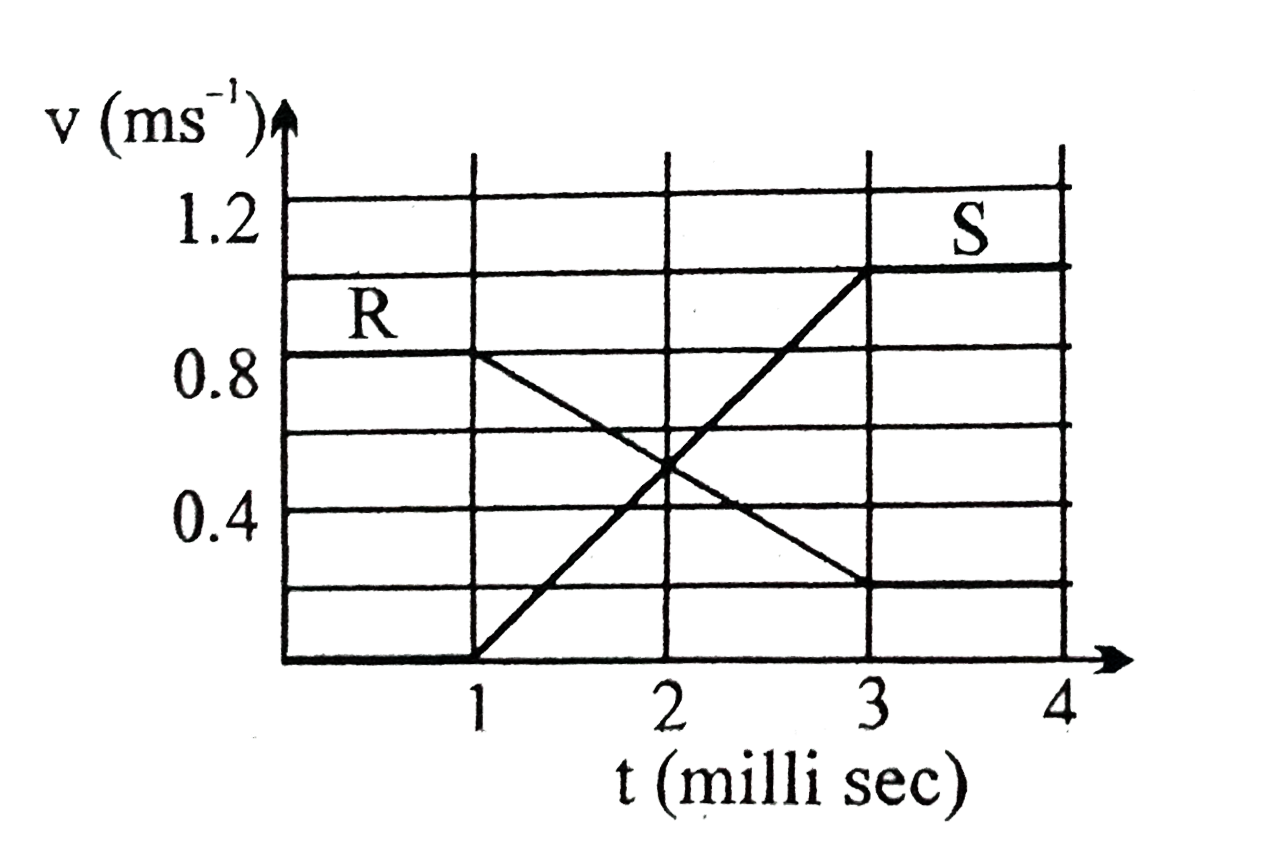
1
12
14
0
The correct Answer is:A
E=1−0.20.8=1
Topper's Solved these Questions
- TEST PAPERSBOOK - BANSALCHAPTER - TEST PAPERSEXERCISE - Physics, SECTION-1 (PART-A) [COMPREHENSION TYPE]
2 Videos
- TEST PAPERSBOOK - BANSALCHAPTER - TEST PAPERSEXERCISE - Physics, SECTION-1 (PART-A) [MULTIPLE CORRECT CHOICE TYPE]
5 Videos
- TEST PAPERSBOOK - BANSALCHAPTER - TEST PAPERSEXERCISE - MATHS
60 Videos
- PROBABILITYBOOK - BANSALCHAPTER - PROBABILITYEXERCISE - All Questions
1 Videos
- THERMODYNAMICSBOOK - BANSALCHAPTER - THERMODYNAMICSEXERCISE - Match the column
7 Videos
Similar Questions
The diagram shows the velocity - time graph for two masses R and S that collided elastically. Which of the following statements is true ?

I. R and S moved in the same direction after the collision.
II. The velocities of R and S were equal at the mid time of the collision.
III. The mass of R was greater than mass of S.
View SolutionFigure shows the velocity-time graph for two masses R and S that collided elastically. Which of the following statements is true?

i. R and S moved in the same direction after the collision.
ii. The velocities of R and S were equal at the mid time of the collision.
iii. The mass of R was greater than mass of S.
Which of the following is true?
View Solution
Knowledge Check
The diagram to the right shows the velocity-time graph for two masses R and S that collided elastically. Which of the following statements is true?
[I] R and S moved in the same direction after the collision.
[II] Kinetic energy of the system (R & S) is minimum at t=2 milli sec.
[III] The mass of R was greater than mass of S.
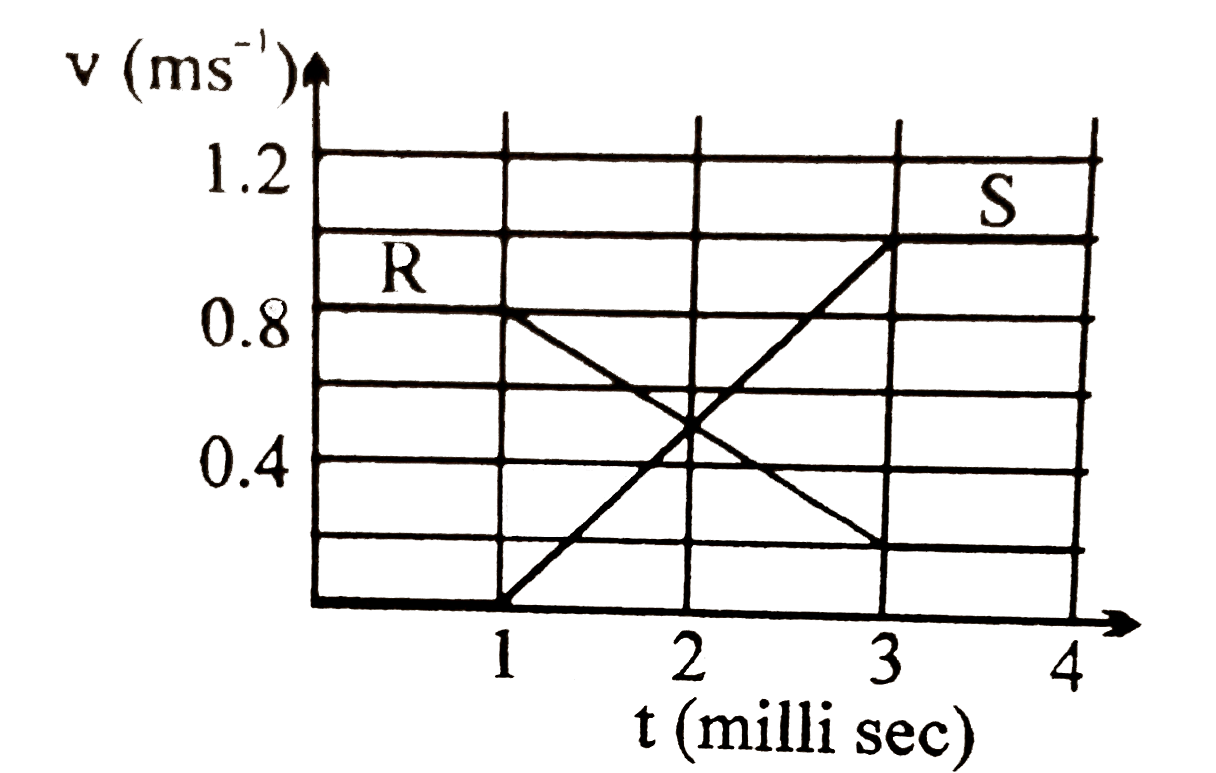 AI onlyBII onlyCI and II onlyDI,II,only III
AI onlyBII onlyCI and II onlyDI,II,only IIIFigure shows the velocity-time graph for two masses R and S that collided elastically. Which of the following statements is true?

i. R and S moved in the same direction after the collision.
ii. The velocities of R and S were equal at the mid time of the collision.
iii. The mass of R was greater than mass of S.
Which of the following is true?Ai onlyBii onlyCi and ii onlyDi,ii, and iiiThe diagram shows the velocity-time graph for a particle moving in a straight line. The sum of the two shaded areas represents :
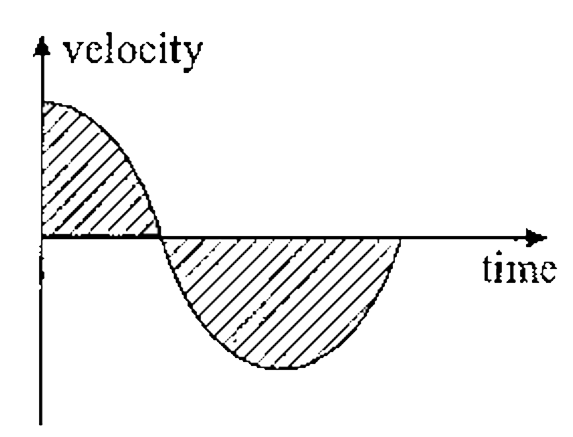 AThe increase in displacement of the particleBThe average velocity of the particleCThe average acceleration ofthe particleDThe distance moved by the particle
AThe increase in displacement of the particleBThe average velocity of the particleCThe average acceleration ofthe particleDThe distance moved by the particle
A particle moving with velocity (2ˆi−3ˆj) m/s collides with a surface at rest in xz–plane as shown in figure and moves with velocity (2ˆi+2ˆj) m/s after collision. Then coefficient of restitution is :
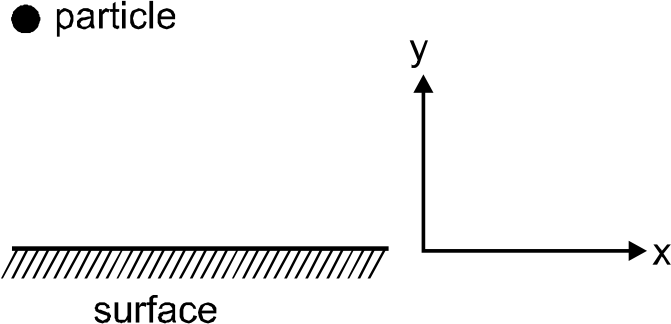
View SolutionFigure shows a velocity-time graph. This shows that.
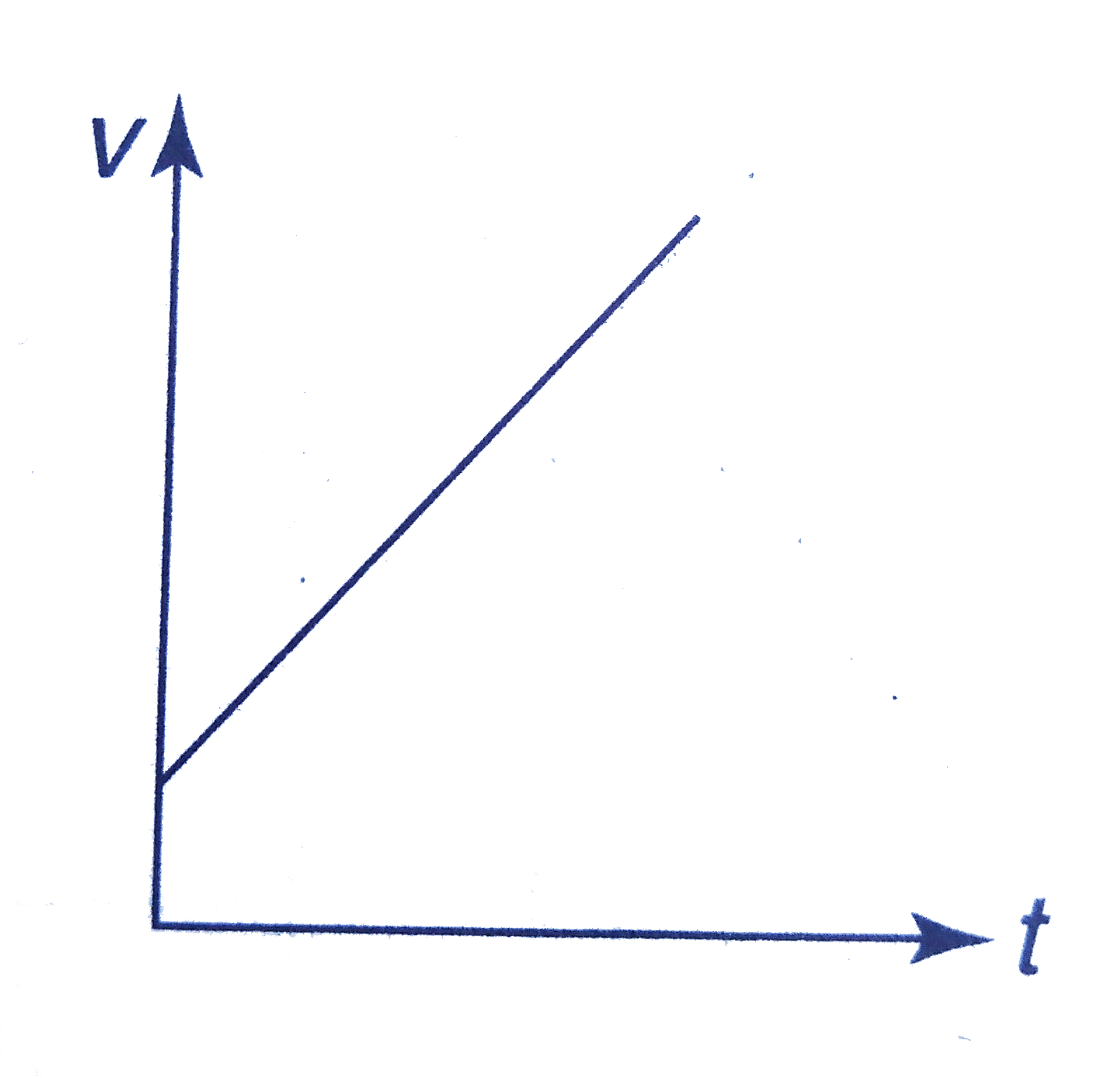
View SolutionThe diagram shows a velocity-time graph for a car moving in a straight line. At point Q the car must be
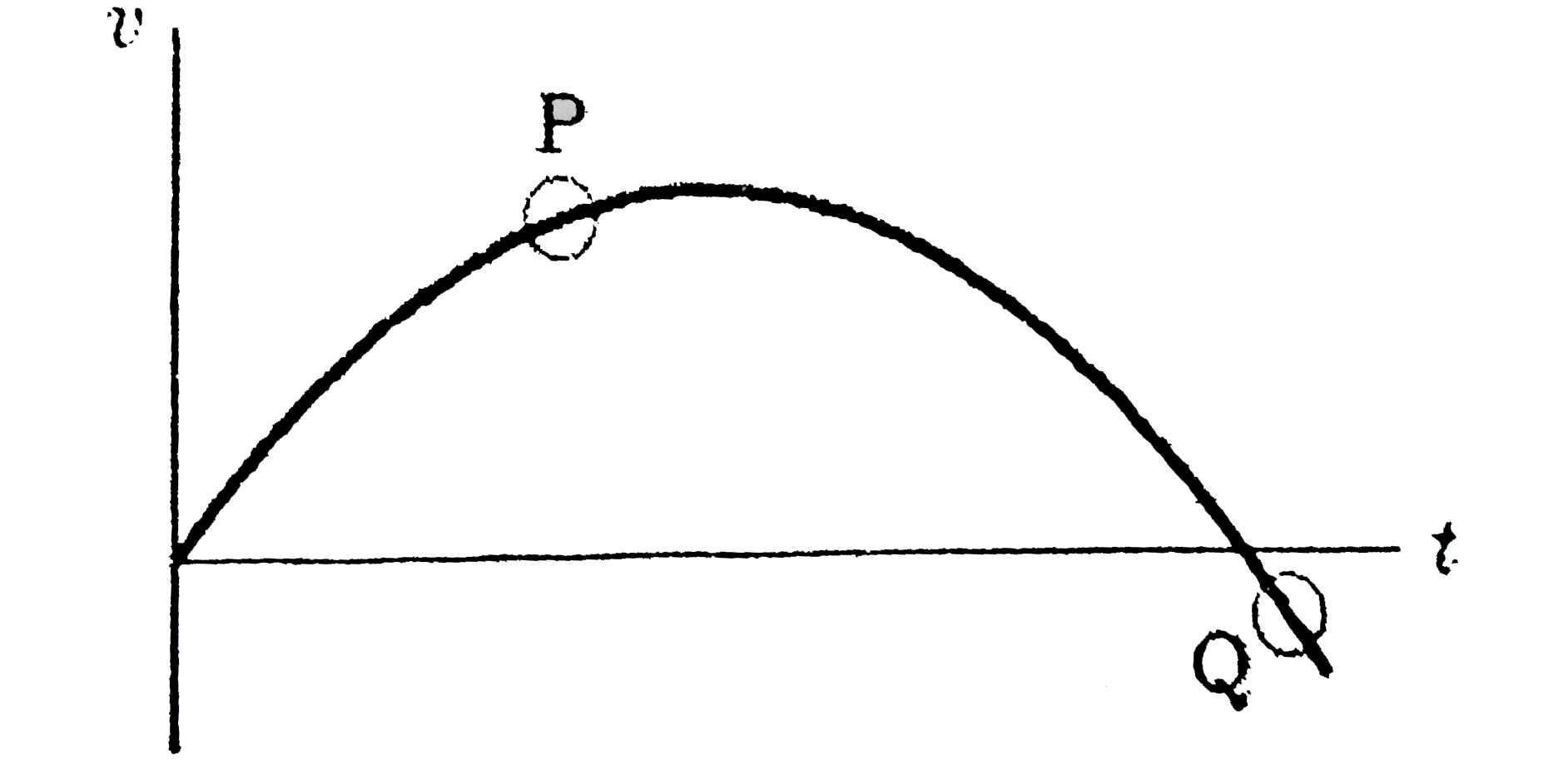
View SolutionA particle moving with velocity (2ˆi−3ˆj) m/s collides with a surface at rest in xz–plane as shown in figure and moves with velocity (2ˆi+2ˆj) m/s after collision. Then coefficient of restitution is :

View SolutionA ball of mass moving with a velocity u collides head on with a ball B of mass m at rest. If the coefficient of restitution is e. the ratio of final velocity of B to the initial velocity of A is
View Solution
